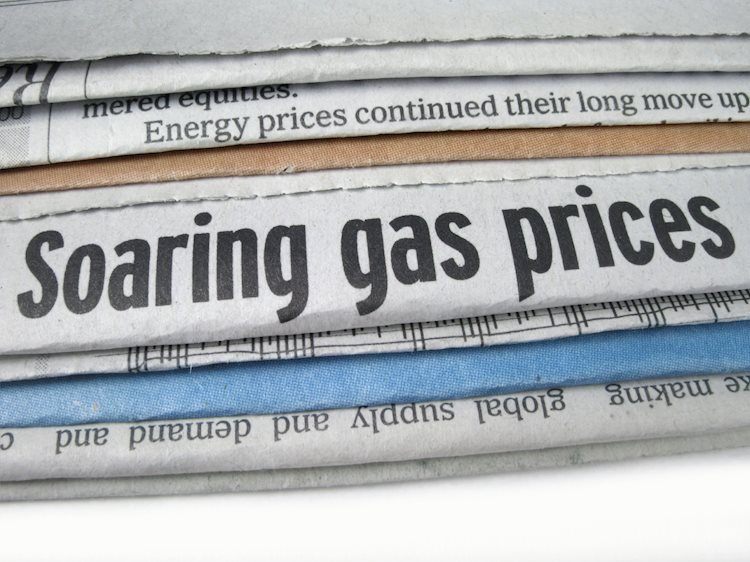The latest advanced figures released by CME Group has indicated that open interest in natural gas futures markets has risen for the second consecutive session on Friday. This remarkable increase further reflects the positive trajectory for the natural gas industry and sets an optimistic outlook for the future growth of the market.
To understand the implications of this increase, it is essential to consider the fundamentals of the natural gas market. Natural gas is a vital resource across the globe, serving as the primary energy source for heating, transportation, and electricity generation. Given the high demand for energy, the market for natural gas has seen robust growth in recent years, making it one of the fastest-growing industries globally.
The open interest of natural gas futures markets is a key indicator of market health, as it measures the total number of outstanding contracts that have not yet been settled. An upward trend in open interest signifies that new business is being created in the market, signifying an increase in long-term investments and a promising outlook for the future.
In its advanced figures for the natural gas futures markets, CME Group reported an increase in open interest for the second session in a row on Friday. This rise in open interest is largely attributed to the growing demand for natural gas, which is driven by various factors.
Firstly, the ongoing global economic recovery from the COVID-19 pandemic has caused an upsurge in energy needs, as many countries have re-opened their businesses and industries. This, in turn, has led to a heightened demand for natural gas as a crucial source of energy. Additionally, the increasing environmental concerns and a push for cleaner energy alternatives have put natural gas at the forefront of the energy transition, as it emits considerably fewer greenhouse gases compared to other fossil fuels.
Another contributing factor to this upward trend is the growing role of natural gas in the global supply chain. A rising number of countries are investing in technology and infrastructure to expand their natural gas transportation and distribution networks. This expansion is made possible due to the availability of advanced liquefied natural gas (LNG) technologies, allowing natural gas to be easily shipped and supplied to different parts of the world.
Furthermore, the ongoing expansion of natural gas-exporting countries, such as the United States and Russia, has led to increased production levels and a more competitive market. This expansion has been complemented by the rapid growth of emerging economies in Asia and Europe, which have started to rely more heavily on natural gas for their energy needs.
Despite the positive outlook for natural gas, there are still several challenges associated with the market’s growth. For instance, the possibility of oversupply as a result of excessive investments in production and infrastructure can lead to an imbalance of supply and demand in the market. This could potentially lead to volatile price fluctuations, which can discourage investments and dampen market growth.
Moreover, ongoing geopolitical tensions and regulatory uncertainties in various regions can pose additional challenges to the natural gas market. For example, the escalating conflicts in the Middle East have raised concerns over the stability of energy supplies, while the shifting energy policies in the United States and Europe have created uncertainties for the industry.
Nevertheless, the overall prospects for the natural gas market remain bright. The rising open interest in natural gas futures markets serves as an encouraging sign for the industry’s future performance, further solidifying its importance in the global energy landscape.
In conclusion, the recent increase in open interest for the natural gas futures markets, as reported by CME Group, demonstrates positive momentum in the industry. This growth in open interest is largely driven by the burgeoning demand for natural gas, as well as the expanding role of this resource in the global supply chain. Furthermore, technological advancements in LNG, coupled with growing investments in infrastructure, have allowed for the rapid expansion of natural gas networks across the globe.
The natural gas market is expected to continue its growth trajectory, fueled by factors like the ongoing global economic recovery, increasing environmental awareness, and shifting energy policies. While potential challenges such as oversupply and geopolitical risks need to be considered, the prevailing sentiment in the market remains optimistic, as evidenced by the impressive performance of natural gas futures markets.


